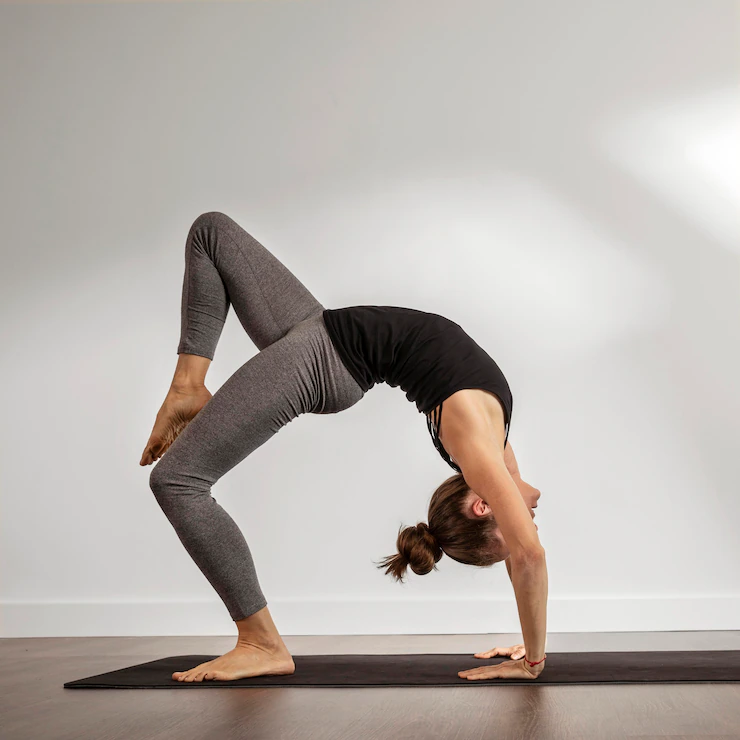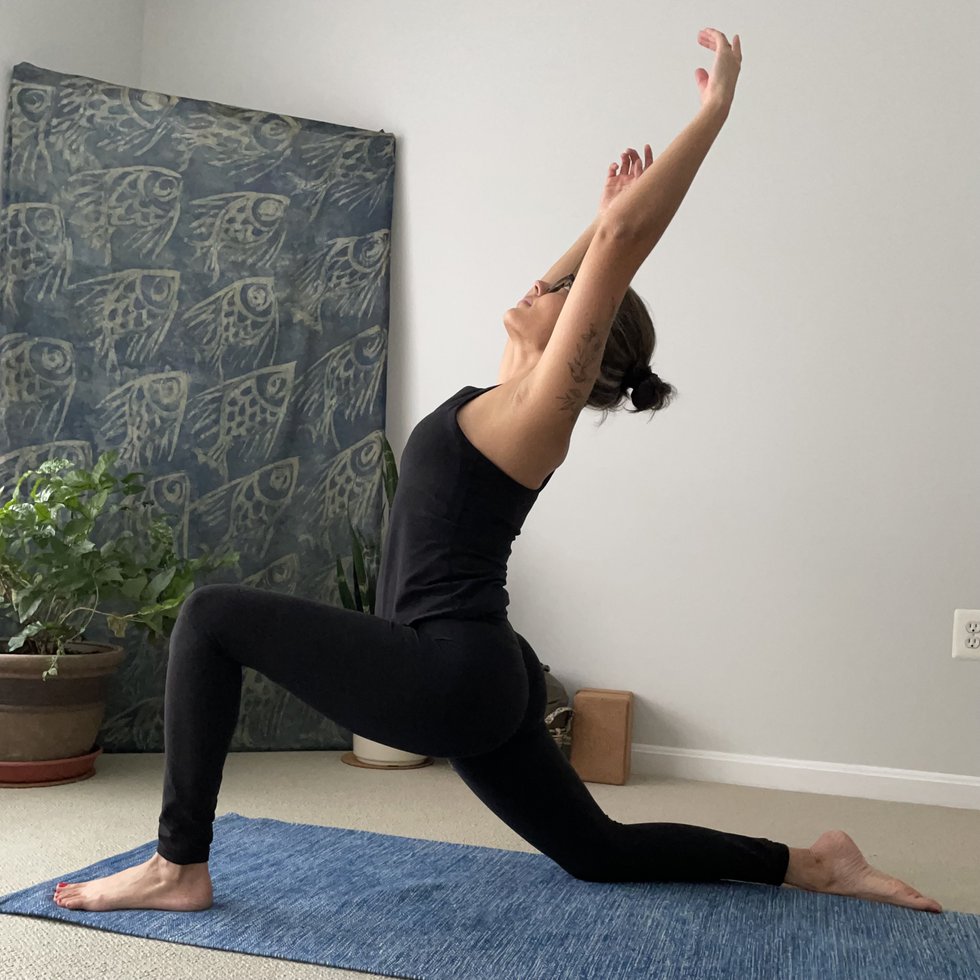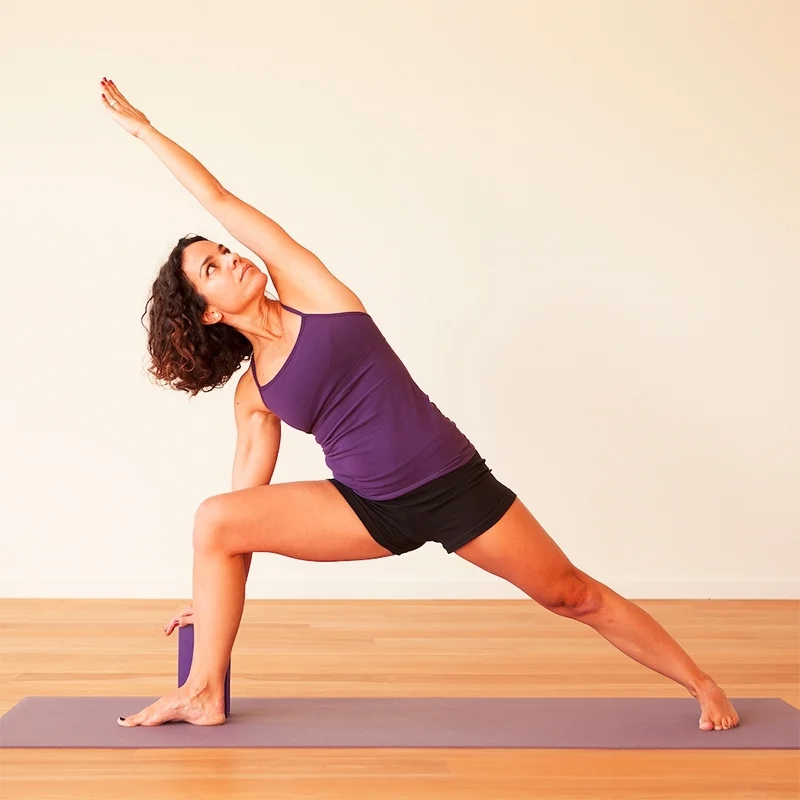I. Introduction to Asana Yoga

A. Understanding the origins and philosophy of Asana Yoga
Asana Yoga can be traced back to ancient Indian traditions, where the practice of physical postures was integrated into the pursuit of spiritual and mental well-being. Rooted in the philosophy of Patanjali’s Yoga Sutras, Asana Yoga seeks to achieve balance, harmony, and union of the body, mind, and spirit. The origins of Asana Yoga encompass a rich tapestry of tradition, philosophy, and physical discipline that have endured through the ages.
B. The significance of asanas in the practice of yoga
Asanas, the physical postures practiced in yoga, form the cornerstone of Asana Yoga. These postures are designed to promote strength, flexibility, and balance in the body. However, their significance extends beyond the physical realm, as the practice of asanas is considered instrumental in preparing the body and mind for meditation and spiritual growth.
C. The holistic benefits of incorporating Asana Yoga into daily life
Incorporating Asana Yoga into daily life yields a spectrum of holistic benefits, encompassing physical, mental, and emotional well-being. From enhanced physical health and flexibility to reduced stress and improved mental clarity, the practice of Asana Yoga has the potential to enrich and transform daily life.
II. Fundamentals of Asana Yoga Poses
A. Exploring foundational yoga poses and their alignment
Foundational yoga poses serve as the building blocks of Asana Yoga practice. They focus on alignment, balance, and the integration of breath. These foundational postures establish the framework for the development of a stable and harmonious physical practice.
B. The importance of breath and mindfulness in performing asanas
Breath and mindfulness lie at the heart of practicing asanas. The synchronization of breath with movement fosters a meditative state, creating a deeper connection between the body and the mind. Mindfulness during the practice of asanas enhances the awareness of sensations, emotions, and thoughts, paving the way for a more profound yoga experience.
C. The connection between asanas, energy channels, and chakras
Asanas are believed to stimulate and balance the flow of prana (life force) through the nadis, or energy channels, and chakras, energy centers in the body. Each posture is thought to have a specific influence on the flow of energy, supporting physical, emotional, and spiritual well-being.
III. Types of Asana Yoga Practices
A. Vinyasa Flow: Dynamic and synchronized movement with breath
Vinyasa flow yoga is a dynamic and energetic form of yoga that focuses on the synchronization of movement and breath. In vinyasa yoga, the practitioner moves through a series of poses, or asanas, in a flowing and continuous manner, coordinating each movement with a specific breath. This practice requires focus, concentration, and mindfulness, as the practitioner moves through a sequence of poses with fluidity and grace.
One of the key benefits of vinyasa flow yoga is its ability to build strength, flexibility, and balance. The dynamic and continuous movement helps to increase blood flow and circulation, which can improve cardiovascular health and overall fitness. In addition, the synchronization of movement and breath can help to calm the mind and reduce stress, making vinyasa flow yoga an excellent practice for both physical and mental well-being.
B. Hatha Yoga: Balancing effort and relaxation in asanas
Hatha yoga is a traditional and foundational form of yoga that focuses on the balance of effort and relaxation in asanas. In hatha yoga, the practitioner holds poses for a longer period of time, allowing for a deeper exploration of alignment, strength, and flexibility. This practice emphasizes the importance of proper posture and alignment, as well as the cultivation of a calm and focused mind.
One of the main benefits of hatha yoga is its ability to improve physical and mental balance. By holding poses for an extended period of time, the practitioner can develop strength, stability, and endurance, while also cultivating a sense of relaxation and ease. Hatha yoga can also be a powerful tool for reducing stress and anxiety, as the focus on breath and alignment can help to quiet the mind and promote a sense of inner peace.
C. Restorative Yoga: Deep relaxation and passive stretching
Restorative yoga is a gentle and deeply relaxing form of yoga that focuses on passive stretching and deep relaxation. In restorative yoga, the practitioner uses props such as blankets, bolsters, and blocks to support the body in comfortable and restful positions, allowing for a deep release of tension and stress. This practice is perfect for anyone seeking to unwind and let go of the stress and busyness of everyday life.
One of the primary benefits of restorative yoga is its ability to promote relaxation and deep rest. By supporting the body in comfortable and passive poses, restorative yoga can help to calm the nervous system, reduce muscle tension, and promote a sense of overall well-being. This practice is particularly beneficial for those dealing with chronic stress, fatigue, or anxiety, as it provides a nurturing and therapeutic environment for deep relaxation and rejuvenation.
IV. Asana Yoga for Mind-Body Wellness
A. Enhancing physical strength, flexibility, and posture through asanas
The regular practice of asanas contributes to physical strength, flexibility, and improved posture. Asanas target various muscle groups, promoting overall physical well-being and aiding in maintaining a healthy musculoskeletal system.
B. Asanas for stress relief, relaxation, and mental clarity

Asanas are instrumental in managing stress, promoting relaxation, and enhancing mental clarity. The mindful practice of yoga postures, combined with focused breathing, aids in reducing stress, calming the mind, and promoting an overall sense of relaxation.
C. The role of asanas in promoting emotional balance and holistic well-being
Asanas play a vital role in promoting emotional balance and fostering holistic well-being. The practice of yoga postures can facilitate emotional release, balance the nervous system, and cultivate a greater sense of overall well-being, harmony, and self-awareness.
Asana Yoga, with its diverse practices and multitude of benefits, offers a pathway to physical, mental, and emotional well-being. By exploring different types of yoga practices and understanding their transformative potential, individuals can cultivate a holistic approach to wellness.
V. Asana Yoga and Spiritual Growth
A. The spiritual significance of asanas in yoga philosophy
In yoga philosophy, asanas are imbued with spiritual significance, representing a union of the physical and spiritual aspects of the practitioner. Asanas are perceived as sacred and profound expressions of the human connection to the divine, symbolizing the harmonious balance between the body, mind, and spirit.
B. Cultivating mindfulness, self-awareness, and inner harmony through asana practice
Asana practice serves as a powerful vehicle for cultivating mindfulness, self-awareness, and inner harmony. By immersing oneself in the practice of postures, individuals explore a deeper connection to their inner selves, fostering self-reflection and a heightened state of awareness.
C. Exploring asanas as a tool for spiritual awakening and self-realization
Asanas are viewed as a transformative tool for spiritual awakening and self-realization. The practice of yoga postures can facilitate a profound journey of self-discovery, aiding individuals in transcending limitations, accessing inner wisdom, and realizing their higher potential.
VI. Incorporating Asana Yoga into Daily Life
A. Practical tips for integrating asana practice into daily routines
Integrating asana practice into daily routines can be achieved through practical strategies such as setting aside dedicated practice time, establishing a consistent routine, and creating a supportive environment for yoga practice. Small, manageable steps can help make asana practice an integral part of daily life.
B. Creating a conducive environment for personal yoga practice
Creating a conducive environment for personal yoga practice involves cultivating a space that promotes serenity, focus, and mindfulness. Designating a tranquil area for practice, incorporating calming elements such as soothing music or aromatherapy, and prioritizing uninterrupted time for practice contribute to a conducive practice environment.
C. Embracing the mindfulness and peace cultivated through regular asana practice
Through the regular practice of asanas, individuals can embrace the mindfulness and peace fostered by their practice. The discipline of daily asana practice nurtures a sense of tranquility, centeredness, and inner peace, enhancing overall well-being and equanimity.
Asana Yoga is not solely a physical practice but a profound journey of self-discovery and spiritual growth. By embracing its spiritual significance, integrating it into daily life, and cultivating mindfulness and peace, individuals can harness the transformative potential of asana practice, fostering a harmonious and purposeful way of living.

